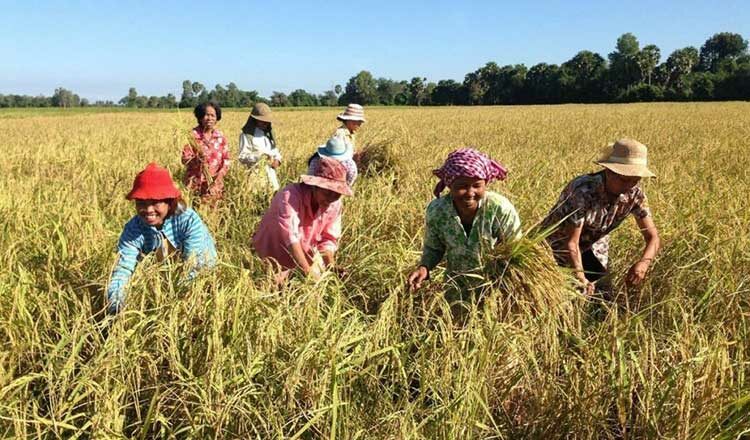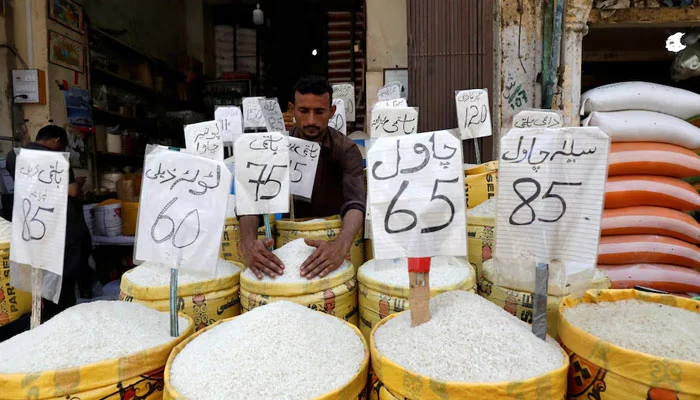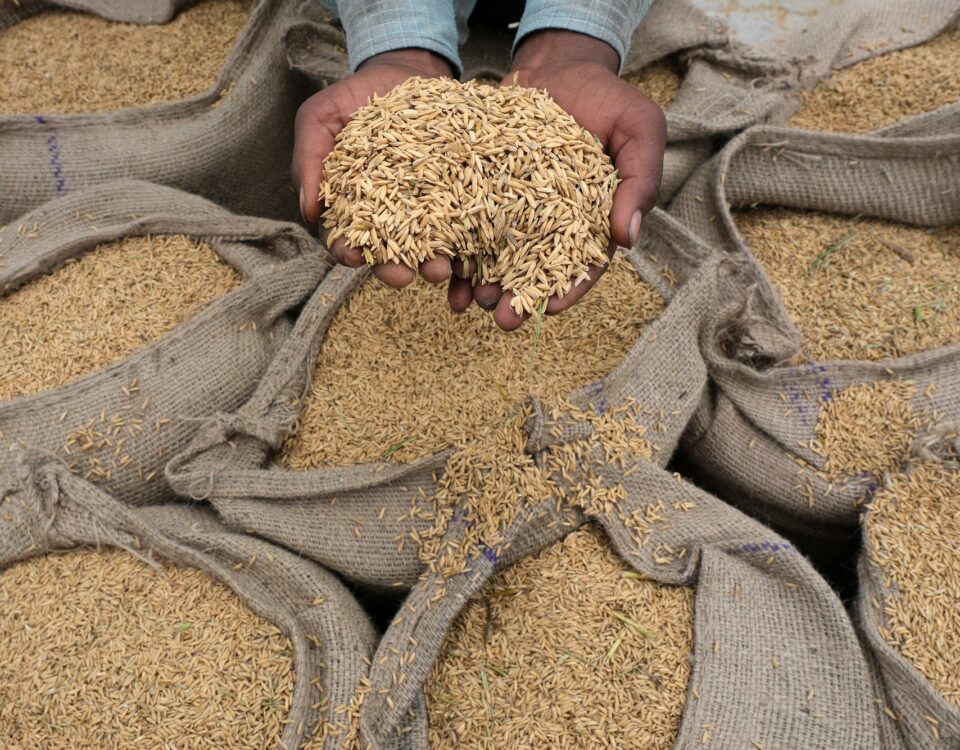
Modern Farming Techniques for Better Yields in Pakistan
August 22, 2024
Why Are Rice Prices Rising in Sindh This Season
August 24, 2024Harvesting is an important stage in the rice production process. By which the economy of the country benefits, the country develops. The performance and care taken during this period directly affects the quality and quantity of the assessment. Farmers can maximize their yields by following a few key methods and strategies.
1. Determining the Right Harvest Time
Harvest time plays an important role in ensuring high quality grain. Rice crop is used by more people in Pakistan and Sindh for their food which lasts the entire year. Rice is usually ready for harvest when the grain turns golden yellow, with a moisture content of 20-24%. Due to the late harvest, the grain ripens more, the rice crop is important for humans. This results in quality and loss during excavation. Using tools such as moisture meters and regular crop inspections are essential steps in determining the perfect harvest window.
2. Proper Harvesting Techniques
For small-scale farmers, manual harvesting with sickles is still common, but mechanical harvesters are becoming increasingly popular due to their efficiency. Whether manual or mechanical, it’s vital to handle the crop gently to avoid grain loss. Harvesting should ideally be done in the early morning or late afternoon when the temperature is cooler to maintain grain quality.
3. Post-Harvest Management
Once the crop is harvested, quick and careful post-harvest management is needed. Threshing should be done within a day or two to avoid grain deterioration. Drying is another critical step; rice should be dried to a safe moisture content of 12-14% for storage. Poor drying practices can lead to cracked grains and reduced market value.
4. Ensuring Proper Storage Conditions
Effective storage practices protect harvested rice from pests, mold, and moisture. Store the grains in clean, airtight containers or silos that prevent the entry of pests and moisture. Periodically monitor the storage area for any signs of infestation. Using improved storage techniques helps in retaining the quality of the rice, enabling better market prices.
5. Planning for the Next Season
After a successful harvest, it is time to review the overall process and plan for the next season. When the rice crop is ready, it causes a lot of labor for humans, which drives the thresher to get it for food. Analytical factors such as planting time, irrigation management, and pest control can help improve future yields. Keeping detailed records ensures that adjustments needed for the next growing season are well informed and targeted for better results.
The topic for writing this blog has been taken from the post of a farmer from the Sindh Abadgar Board Facebook page.
to read more agriculture related blogs on the website Click here.





